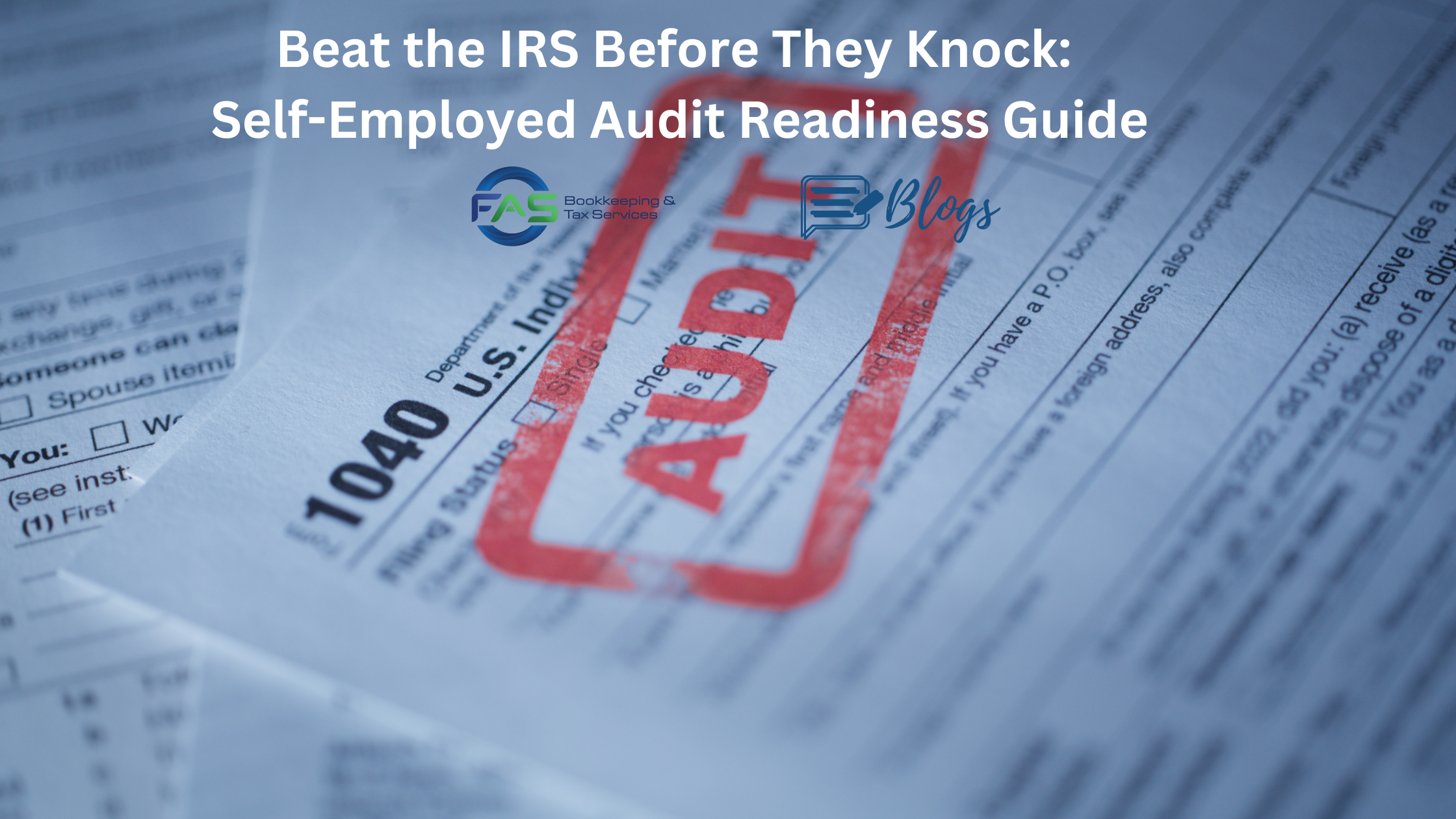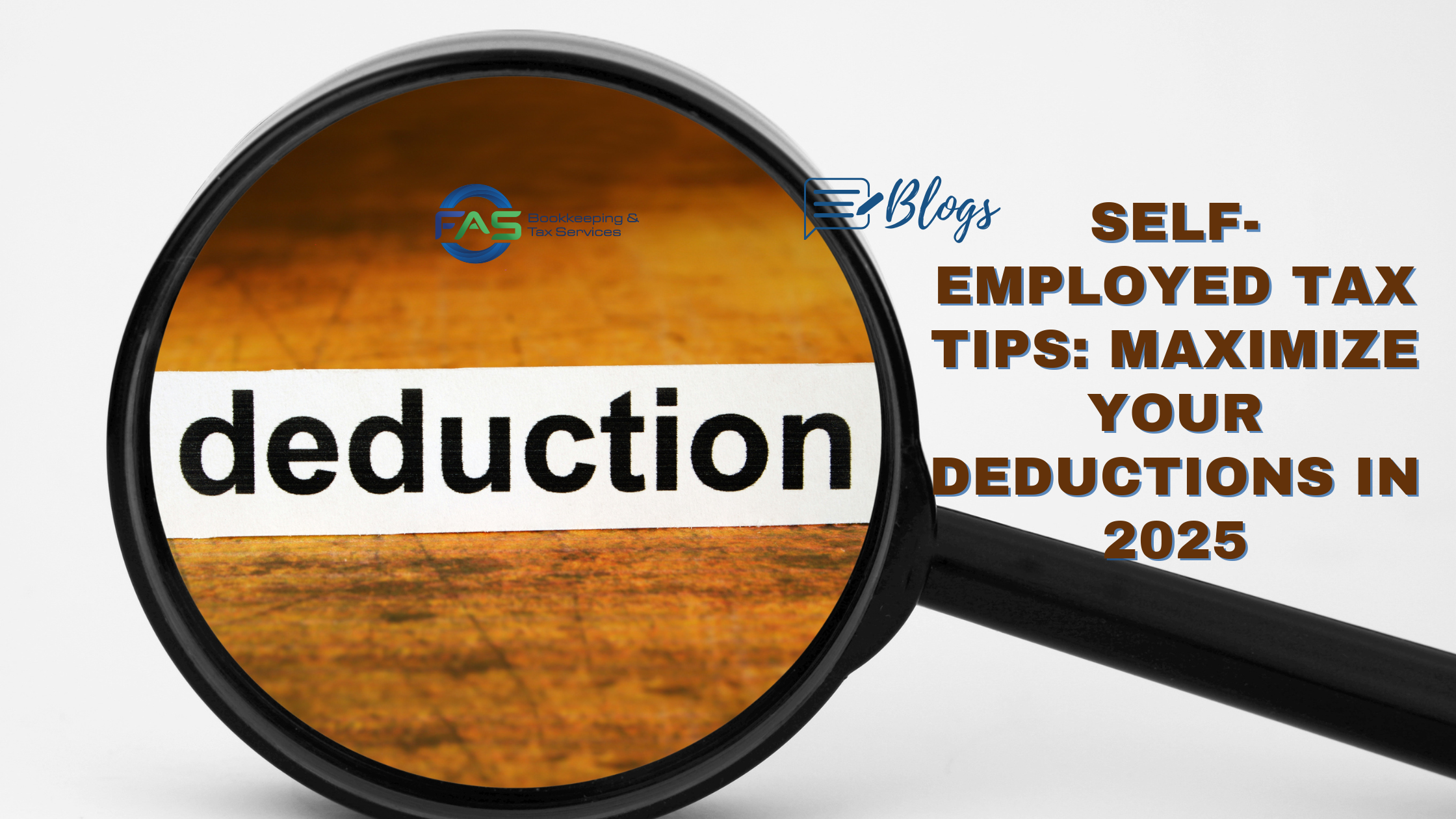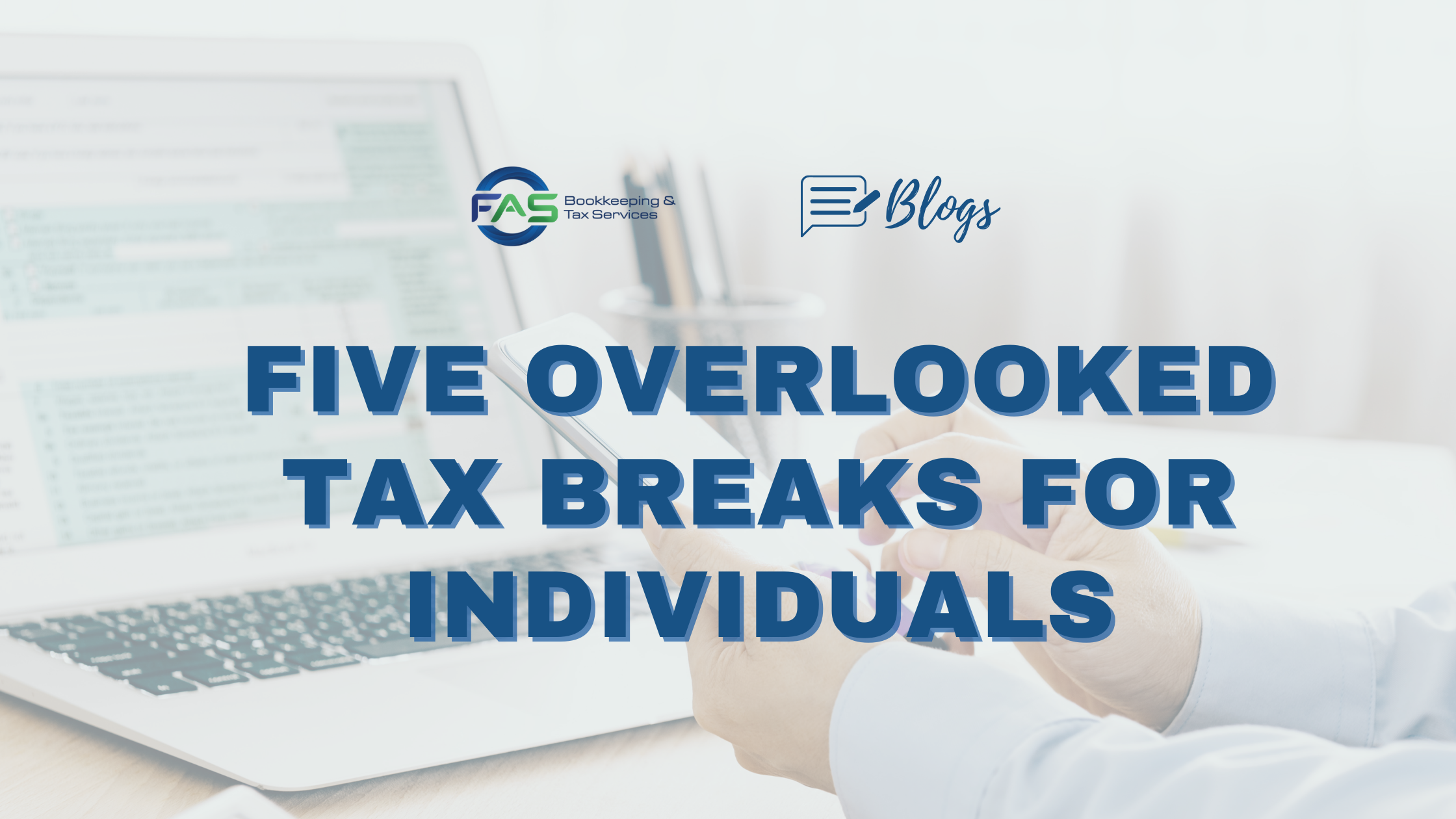Five Overlooked Tax Breaks for Individuals
Are you confused about which credits and deductions you can claim on your 2022 tax return? You’re not alone. With tax law becoming more complicated every year, it’s hard to remember which tax breaks are available in any given year. With that in mind, here are five tax breaks you might not want to overlook.
1. State Sales and Income Taxes
The IRS allows for a deduction of either state income tax paid or state sales tax paid, whichever is greater. As an individual, your deduction of state and local income, sales, and property taxes is limited to a combined total deduction of $10,000 ($5,000 if married filing separately). If you bought a big ticket item like a car or boat in 2022, deducting the sales tax might be more advantageous, but don’t forget to figure out any state income taxes withheld from your paycheck, just in case. If you’re self-employed, you can include the state income paid from your estimated payments. In addition, if you paid state tax when filing your 2021 tax return in 2022, you can include that amount in the state tax deduction on your 2022 federal tax return this year.
2. Child and Dependent Care Tax Credit
Most parents realize that there is a tax credit for daycare when their child is young, but they might not realize that once a child starts school, the same credit can be used for before and after school care, as well as day camps during school vacations. The child and dependent care tax credit can also be taken by anyone who pays a home health aide to care for a spouse or other dependent such as an elderly parent who is physically or mentally unable to care for him or herself. The credit is worth a maximum of $1,050 or 35% of $3,000 of eligible expenses per dependent. For two or more qualifying children, the credit can be up to $6,000.
3. Student Loan Interest Paid by Parents
Typically, a taxpayer can only deduct interest on mortgages and student loans if they are liable for the debt; however, if a parent pays back their child’s student loans, the IRS treats the money as if the child paid it. As long as the child is not claimed as a dependent, they can deduct up to $2,500 in student loan interest paid by the parent. The deduction can be claimed even if the child does not itemize.
4. Medical Expenses
Most people know medical expenses are deductible if they are more than 7.5% of AGI for tax year 2022. They often don’t realize which medical expenses can be deducted, such as medical miles driven to and from appointments and travel (airline fares or hotel rooms) for out-of-town medical treatment. For 2022, these amounts are 22 cents per mile from July 1-December 31, 2022, and 18 cents per mile from January 1-June 30, 2022. For tax year 2023, the rate is 22 cents per medical mile driven.
Other deductible medical expenses that taxpayers might not be aware of include: health insurance premiums, prescription drugs, co-pays, and dental premiums and treatment. Long-term care insurance (deductible dollar amounts vary depending on age) is also deductible, as are prescription glasses and contacts, counseling, therapy, hearing aids and batteries, dentures, oxygen, walkers, and wheelchairs.
Self-employed individuals. If you’re self-employed, you can deduct the amount of your entire health insurance premium, and if you pay health insurance premiums for an adult child under age 27, you may be able to deduct them as well. Self-employed individuals aged 65 or older can also deduct the amounts paid for medicare premiums as long as they do not have a regular job covered under their (or their spouse’s) employer’s health care plan.
5. Bad Debt
If you’ve loaned money to a friend but were never repaid, you may qualify for a non-business bad debt tax deduction of up to $3,000 annually. To qualify, however, the debt must be totally worthless in that there is no reasonable expectation of payment. Non-business bad debt is deducted as a short-term capital loss, subject to the capital loss limitations. You may take the deduction only in the year the debt becomes worthless. You do not have to wait until a debt is due to determine whether it is worthless. Any amount you are not able to deduct can be carried forward to reduce future tax liability.
If you think you qualify for these tax breaks but aren’t sure, please contact the office for assistance.




